Three new must-visit luxury openings in São Paulo, Kurashiki and Paris
High-end hospitality was once synonymous with uniform glossiness, whether you were in Tokyo or Trieste. But the industry is now focusing on experiences that reflect its surroundings.

1.
Pulso Hotel
São Paulo


São Paulo, Brazil’s most sprawling metropolis, is the heartbeat of the nation – which is why Otávio Suriani decided to name his latest hotel in the city Pulso. “It’s a word that’s linked to music and movement, both things that we want to bring to the hotel,” he says. Designed by architect Arthur Casas, Pulso sits on the border between the Faria Lima financial district and the buzzy Pinheiros district. It offers 52 apartments and five suites, all dressed in elegant neutral tones. “Casas designed the entire complex, from the façade to the small details on the lamps,” says Suriani.
Pulso pays tribute to two of the city’s biggest strengths: nightlife and food. Chef Charlô Whately oversees the hotel’s Restaurante Charlô and Boulangerie Cha Cha, the latter of which is part bakery, part deli. “This is a city that never sleeps,” says Suriani. “Our nightlife is crazy.” You can experience it for yourself at Pulso’s Bar Sarau, which is always ready to welcome those craving a nightcap and some intoxicating bossa nova.
pulsohotel.com
2.
Yoruya
Kurashiki
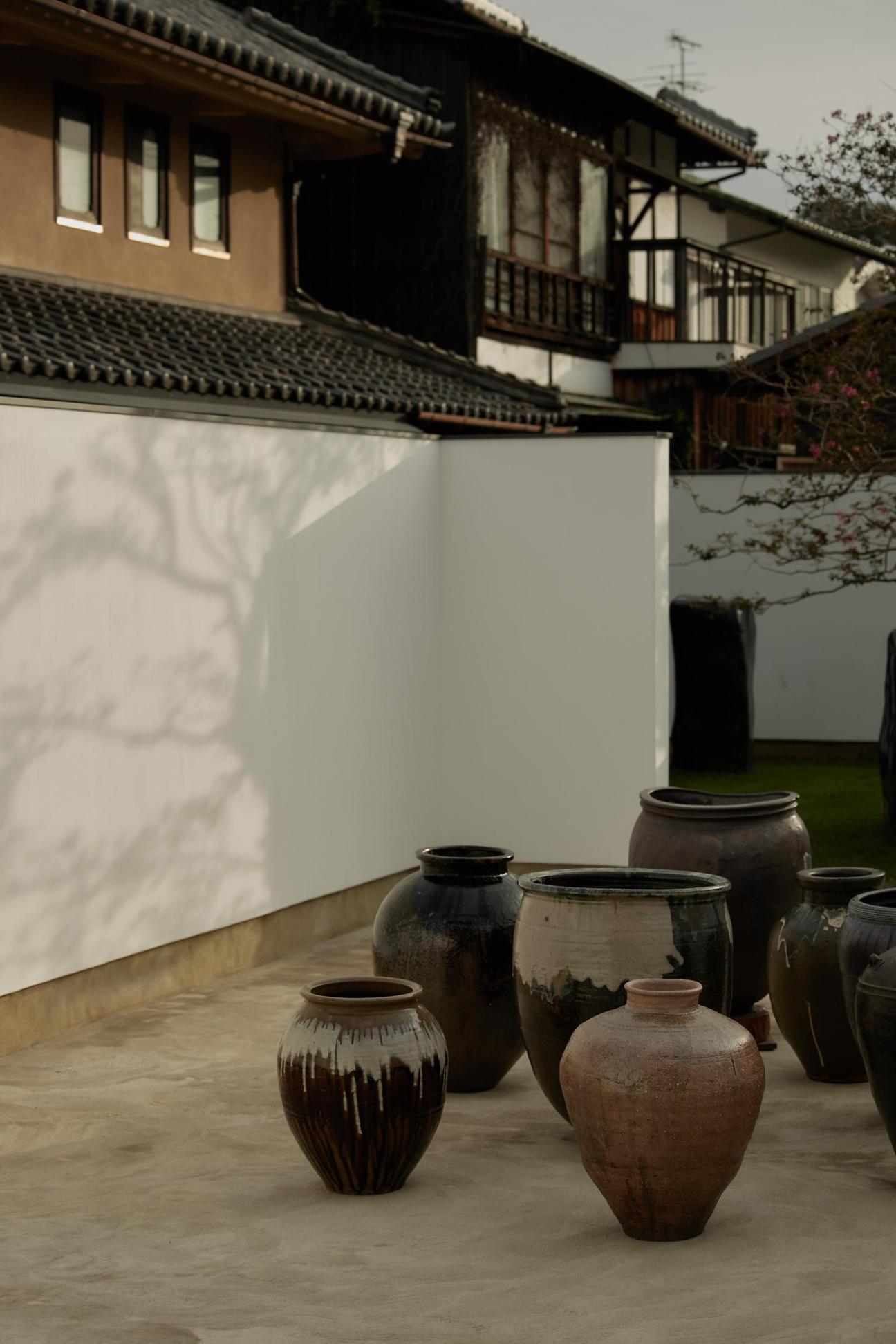
The city of Kurashiki in western Japan has long attracted enthusiasts of folk arts and crafts – it’s home to the Kurashiki Mingeikan, a museum dedicated to the subject – but it also has plenty to offer for those with more contemporary tastes. Fans of modernism will want to visit the Kurashiki City Art Museum, designed by Kenzo Tange, one of Japan’s great postwar architects. Day trippers, meanwhile, come to see the old buildings and tree-lined waterways. Until recently, however, anyone wanting to stay overnight would have struggled to find accommodation to match the surroundings. Now they have somewhere that fits the bill: Yoruya, a 13-room inn in a sensitively converted and extended former kimono merchant’s residence.
The century-old building’s original exterior has been retained, with a simple lantern above the door. Inside, the layout has been designed to mimic the traditional narrow streets known as hiyasai that are a distinctive feature of Kurashiki’s historic centre. Tokyo-based studio Simplicity has brought its signature modern craft style to the interiors – think white plastered walls, well-chosen Japanese prints and art books. The rooms couldn’t be more serene, with low mattresses, cotton pyjamas and baths that are open to the elements.

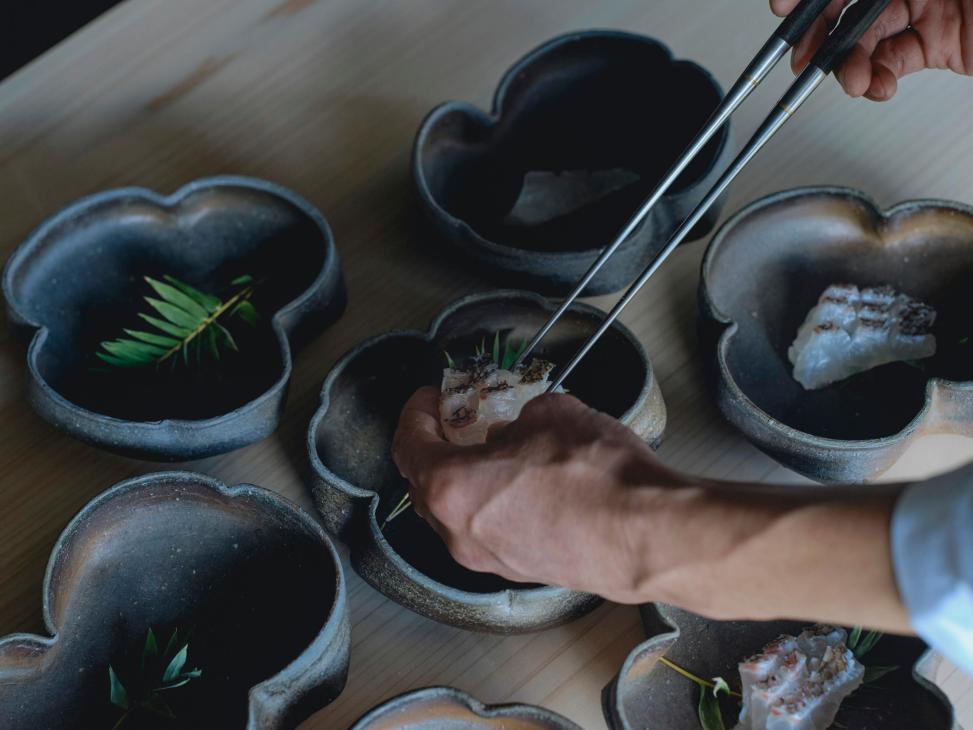
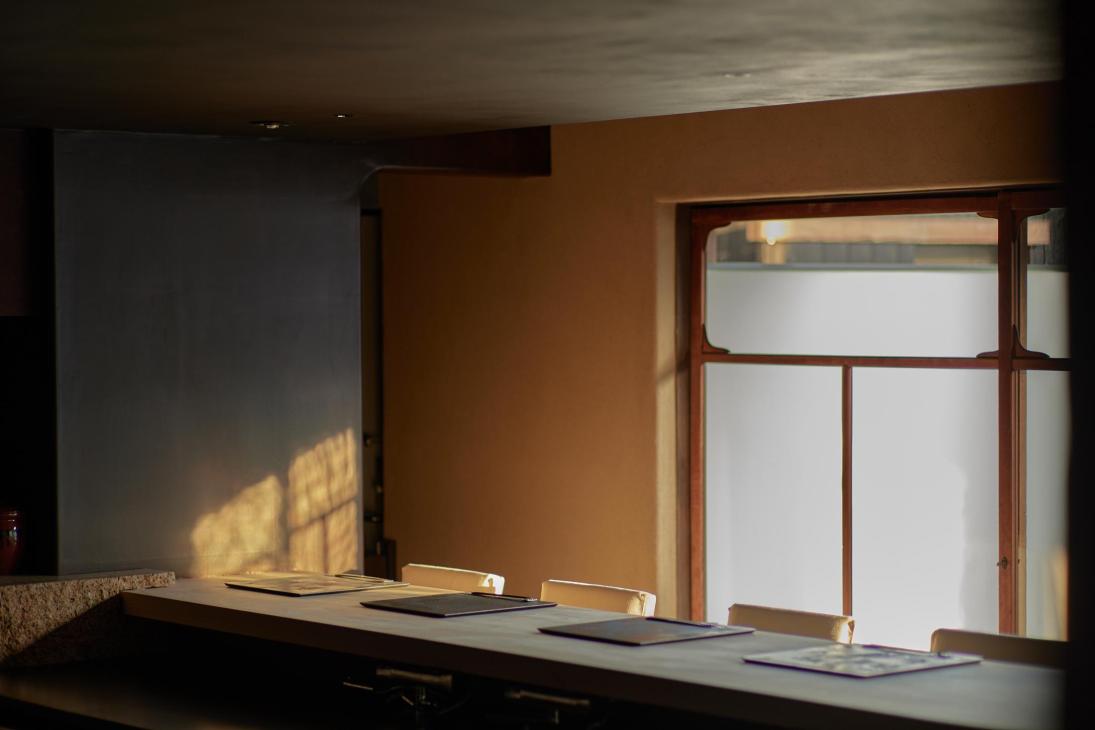
The operations team, Naru Developments, is led by hoteliers Yuta Oka and Fumitomo Hayase. They’ll be familiar to anyone who has stayed at Tokyo’s Hotel K5 or Onomichi’s Azumi Setoda. Dinner in Yoruya’s counter restaurant centres on local produce: chef Fumio Niimi prepares an omakase dinner that features such delicacies as clam cooked in a whole yuzu fruit and Okayama Nagi beef. Yoruya’s invitingly low-lit bar is open to non-residents; it’s well worth stopping in for a glass of wine or a local saké. Breakfast, best taken in the garden with its flowering crepe myrtle tree, is another treat. Expect fresh sesame tofu, grilled mamakari sardines (a regional speciality) and the chef’s homemade Japanese grape jelly. It’s a perfect start to the day before you hit Kurashiki’s streets to explore the city’s many cultural and historic delights.
yoruya-kurashiki.com
3.
Hôtel Dalila
Paris
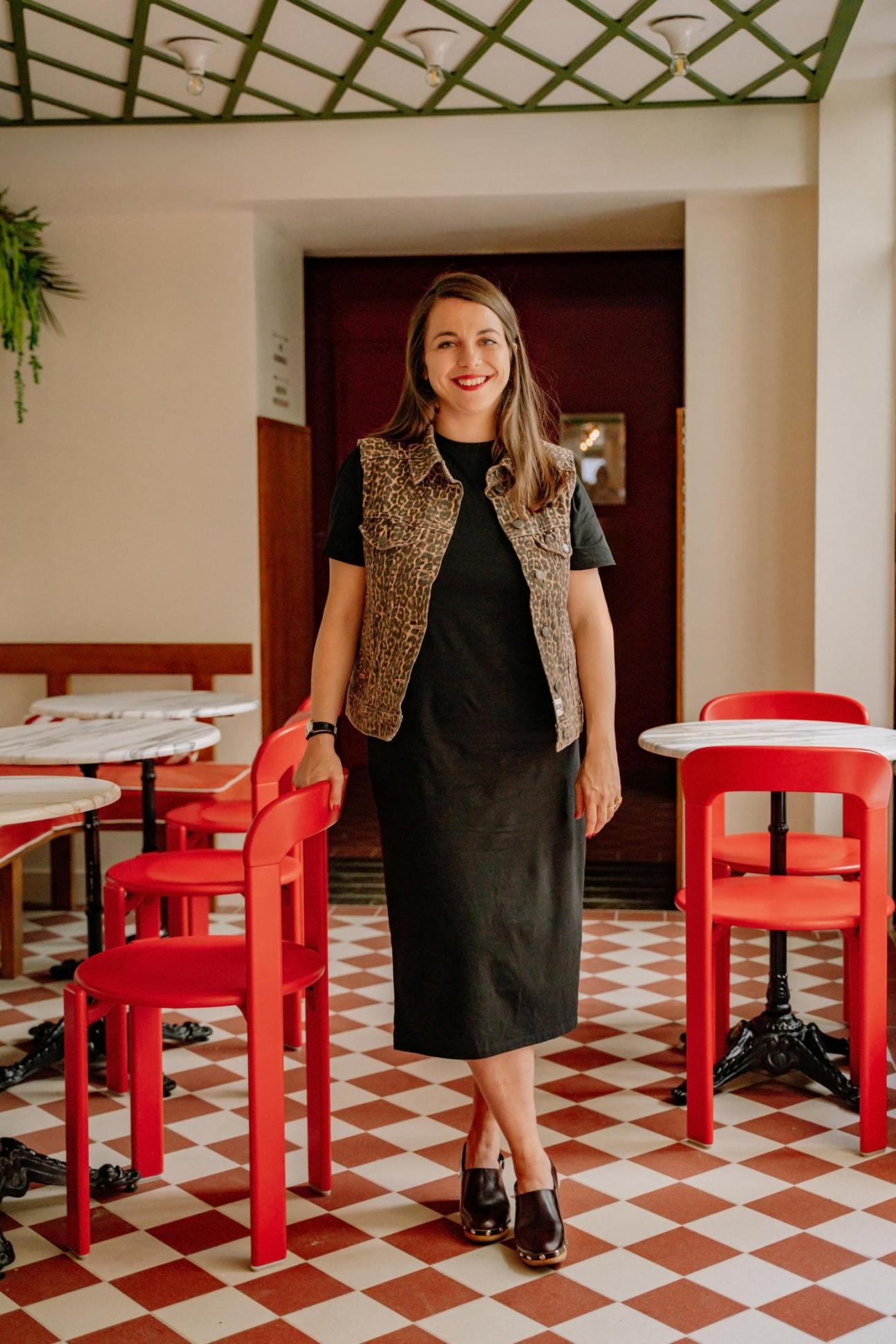
Stroll through Montmartre and you’re almost certain to spot a few flowers hanging from residents’ balconies. The recently opened Hôtel Dalila in Paris’s 18th arrondissement is fittingly floral. Its 49 rooms, breakfast area and workspaces were conceived by Bordeaux-based Giovanna de Bosredon (pictured) of Auguri Studio, who designed the seven-floor hotel to resemble a comfortably lived-in Paris apartment.
“Our work here was a combination of architecture, interior design and curating vintage pieces,” says De Bosredon. “Inside the hotel, the chequered tiles and caning are in Montmartre’s colour palettes: the green of its squares, the red of the wine and the orange of the famous Lapin-Agile cabaret.” Among the vintage pieces are a bistro bar made from zinc and metal lamps by French architect and designer Charlotte Perriand.

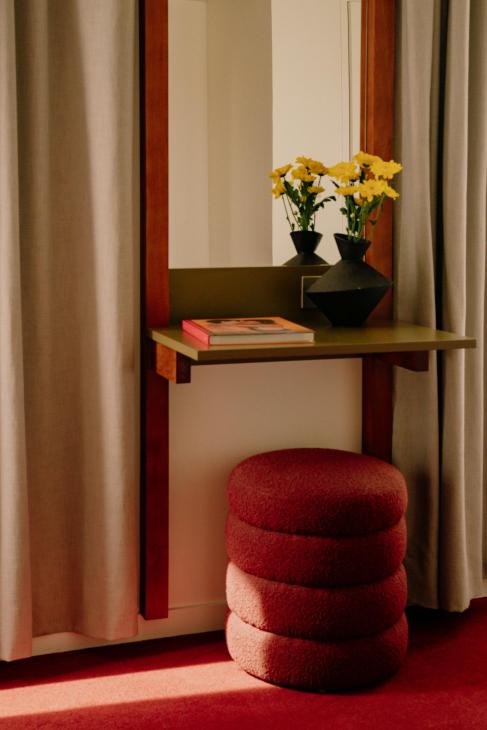
This mishmash of old-school elements is complemented by more modern Hay sconces, bold carpet colours and metal furniture that echoes the seats found in public parks. The finishing touch? A view of the Basilique du Sacré Coeur. Hôtel Dalila is a true neighbourhood gem. Bravo!
hoteldalila.com


